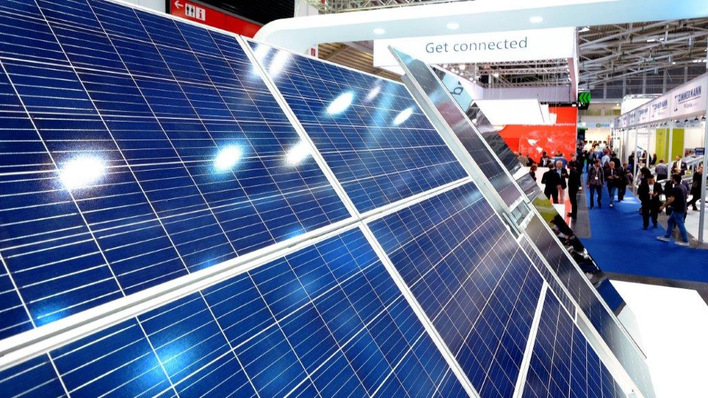Very strict Corona lockdowns such as in Shanghai, the most important port in the world, and a real estate crisis because companies like Evergrande have finally ran into problems. It causes most Chinese to cut their spendings, and the Chinese economy suffers from that.
"All economic data were disappointing in July, with the exception of exports," The Guardian quoted Nie Wen, a Shanghai-based economist at Hwabao Trust, as saying. "Now it is becoming increasingly challenging to achieve even the growth of 5 to 5.5 percent in the second half of 2022."
China's National Bureau of Statistics not only announced that it is increasingly affecting the economy, but that it also increases the risk of stagflation – economic stagnation combined with inflation. It made China's central bank decide to cut key interest rates in the hope of boosting economic demand.
The Guardian also cites Wang Jun, an economist at Zhongyuan Bank. "We are now faced with a typical liquidity problem. No matter how wide the credit supply is, companies and consumers are cautious about taking on more debt. Some are now even paying their debt in advance. This could mean the start of a recession."
Shortages
In the solar energy sector, prices have risen further in the summer period. Silicon in particular has become considerably more expensive again. For a number of PV manufacturers, a reason to further reduce their production. Scheper expects more manufacturers to follow.
"Many buyers and project developers find the current prices too high and sit back hoping that prices will still drop in the coming months."
Still, he doesn't think people should be too hopeful. "Polysilicon is already sold out until the end of the month. And if you buy a few containers of PV modules now, they will not arrive until November at the earliest. I think anything you want to develop this year is better bought now than later. The shortage of raw materials and materials is not going to improve this year."
Dollar exchange rate out of control
Another major cause of the high prices is the exchange rate with the dollar. It is dramatic according to Scheper. "In Asia there has already been panic about this, but the PV sector in Europe seems to disregard it, while it really gives prices a big swing," he says.
"In Europe, people just seem to have gone on holiday en masse and stuck their heads in the sand. In a normal situation, the price per kilowatt peak fell at the end of October, beginning of November. But the expectation is that that will now be a maximum of half a cent."
Freight rates did drop
In contrast to raw material and material prices, freight rates did drop in the summer period. There, the downward trend has continued, after which the price now seems to have stabilized around 7,000 dollars per container on the route from Shanghai to Rotterdam.
Did you miss that? Investments in renewable energies reach record level
"In addition to easing the lockdown measures, it has also helped that the Tier 1 companies have made long-term agreements. They have concluded long-term contracts and will now pay a fixed amount per thousand containers per month. This has a positive effect on price stability." (Gerard Scheper/hcn)
Get a free download of the report here







